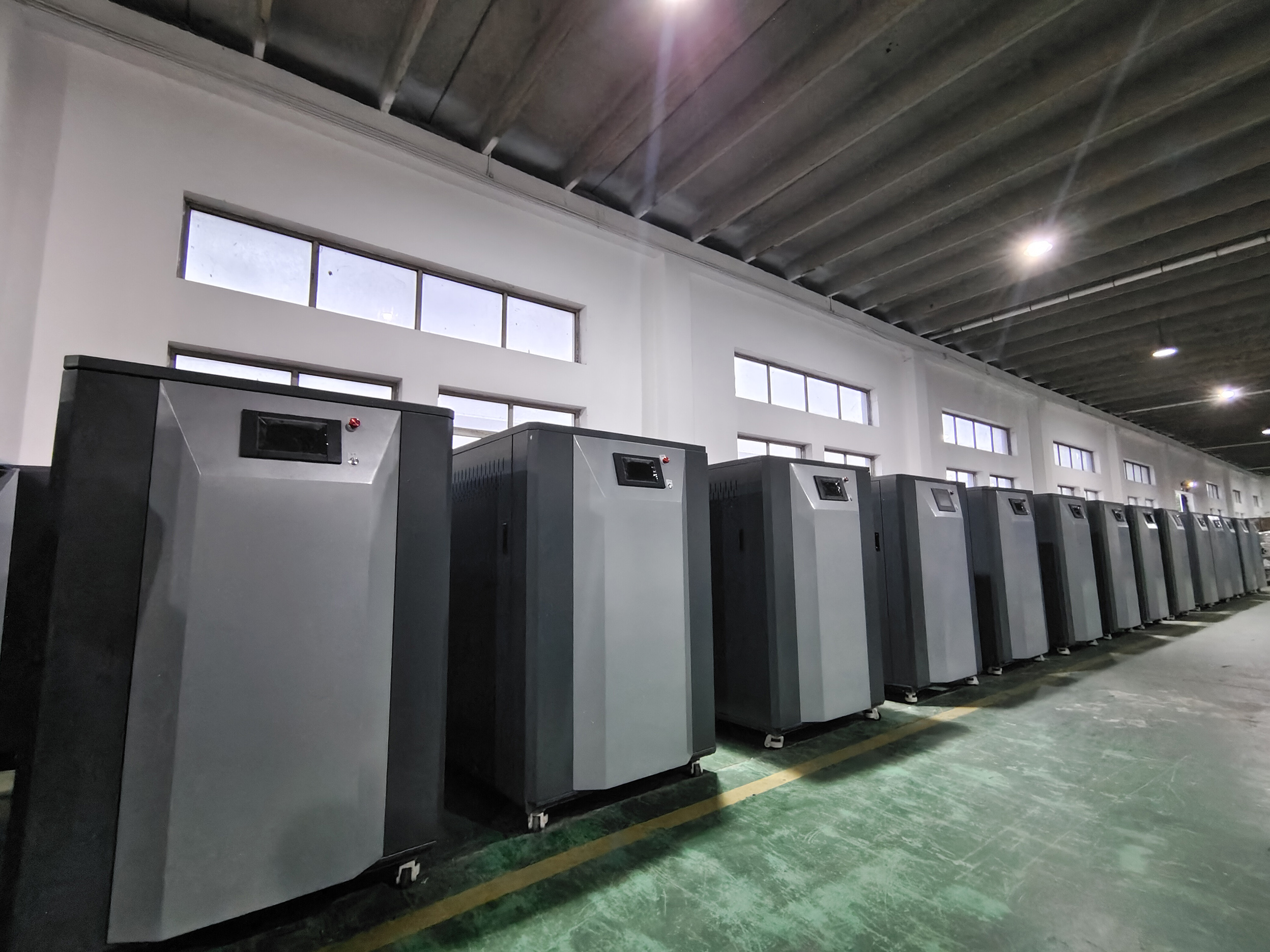- Afrikaans
- Albanian
- Amharic
- Arabic
- Armenian
- Azerbaijani
- Basque
- Belarusian
- Bengali
- Bosnian
- Bulgarian
- Catalan
- Cebuano
- China
- China (Taiwan)
- Corsican
- Croatian
- Czech
- Danish
- Dutch
- English
- Esperanto
- Estonian
- Finnish
- French
- Frisian
- Galician
- Georgian
- German
- Greek
- Gujarati
- Haitian Creole
- hausa
- hawaiian
- Hebrew
- Hindi
- Miao
- Hungarian
- Icelandic
- igbo
- Indonesian
- irish
- Italian
- Japanese
- Javanese
- Kannada
- kazakh
- Khmer
- Rwandese
- Korean
- Kurdish
- Kyrgyz
- Lao
- Latin
- Latvian
- Lithuanian
- Luxembourgish
- Macedonian
- Malgashi
- Malay
- Malayalam
- Maltese
- Maori
- Marathi
- Mongolian
- Myanmar
- Nepali
- Norwegian
- Norwegian
- Occitan
- Pashto
- Persian
- Polish
- Portuguese
- Punjabi
- Romanian
- Russian
- Samoan
- Scottish Gaelic
- Serbian
- Sesotho
- Shona
- Sindhi
- Sinhala
- Slovak
- Slovenian
- Somali
- Spanish
- Sundanese
- Swahili
- Swedish
- Tagalog
- Tajik
- Tamil
- Tatar
- Telugu
- Thai
- Turkish
- Turkmen
- Ukrainian
- Urdu
- Uighur
- Uzbek
- Vietnamese
- Welsh
- Bantu
- Yiddish
- Yoruba
- Zulu
Oct . 03, 2024 23:11 Back to list
heat exchanger not cooling
Troubleshooting a Heat Exchanger That Is Not Cooling Properly
Heat exchangers are crucial components in many industrial and commercial processes, facilitating the transfer of heat between two or more fluids. When a heat exchanger fails to cool as expected, it can lead to inefficiencies, increased operational costs, or even equipment failure. Understanding the common causes and solutions for a heat exchanger that is not cooling effectively can help in timely intervention and minimizing downtime.
Identifying the Problem
The first step in troubleshooting a heat exchanger that is not providing adequate cooling is to identify the underlying issues. Common symptoms include an increase in outlet temperature, a lower temperature difference between inlet and outlet fluids, and inadequate temperature drops. It is essential to closely monitor these parameters, as they can indicate where the problem lies.
Common Causes of Ineffective Cooling
1. Fouling One of the most prevalent issues is fouling—accumulation of unwanted materials like scale, rust, or biological growth on the heat transfer surfaces. Fouling significantly reduces the efficiency of heat exchange, as it acts as an additional thermal resistance. Regular cleaning and maintenance are necessary to prevent this issue.
2. Flow Restrictions If there are any blockages or restrictions in the flow path, the fluid’s velocity may decrease, leading to reduced heat transfer. Inspecting for physical obstructions or issues within pumps and valves can help identify and resolve any flow-related problems.
3. Inadequate Design Sometimes, the heat exchanger may not be correctly sized or designed for the specific application. If the heat load has increased over time, the existing unit may not be capable of handling the additional thermal demand.
4. Fluid Properties Changes in the properties of the fluids, such as viscosity or density, may affect heat transfer efficiency. For example, using contaminated or degraded fluids can impact the overall performance of the heat exchanger.
heat exchanger not cooling

5. Temperature Control Issues Improper regulation of inlet temperatures can also play a significant role. If the inlet fluid is too hot or the cooling medium is not flowing adequately, the heat exchanger will struggle to maintain its performance.
Solutions and Maintenance Strategies
To resolve cooling issues in a heat exchanger, a systematic approach is necessary. Here are some steps to consider
- Regular Inspection and Cleaning Implement a regular schedule for inspecting and cleaning the heat exchanger to prevent fouling. This can involve chemical cleaning or mechanical scraping, depending on the severity of fouling.
- Monitor and Adjust Flow Rates Ensure that flow rates are optimized according to the design specifications. Adjusting pump speeds or valve positions may be needed to improve flow distribution.
- Evaluate Design Parameters For persistent issues, review the design of the heat exchanger. Consult with an engineer to determine if a larger or different configuration is required or whether operational parameters need adjustment.
- Fluid Quality Control Regularly check the fluids used in the heat exchanger for cleanliness and proper properties. Utilize filtration systems or change fluids periodically to maintain their effectiveness.
In conclusion, a heat exchanger that is not cooling as intended can have significant consequences for operations. By understanding the common causes and implementing effective maintenance strategies, operators can ensure optimal performance, extending the lifespan of the equipment and improving overall efficiency.
-
8mm Thin-Walled Cast Steel Manhole Cover Pallet Bottom Ring | Durable
NewsAug.04,2025
-
Premium Cast Iron Water Main Pipe: Durable, Corrosion-Resistant
NewsAug.03,2025
-
Durable Cast Iron Water Mains | AI-Optimized Systems
NewsAug.02,2025
-
High-Efficiency Propane Boiler for Baseboard Heat | Save Energy
NewsAug.01,2025
-
Premium Source Suppliers for Various Gray Iron Castings
NewsJul.31,2025
-
Durable Cast Iron Water Main Pipes | Long-Lasting
NewsJul.31,2025


